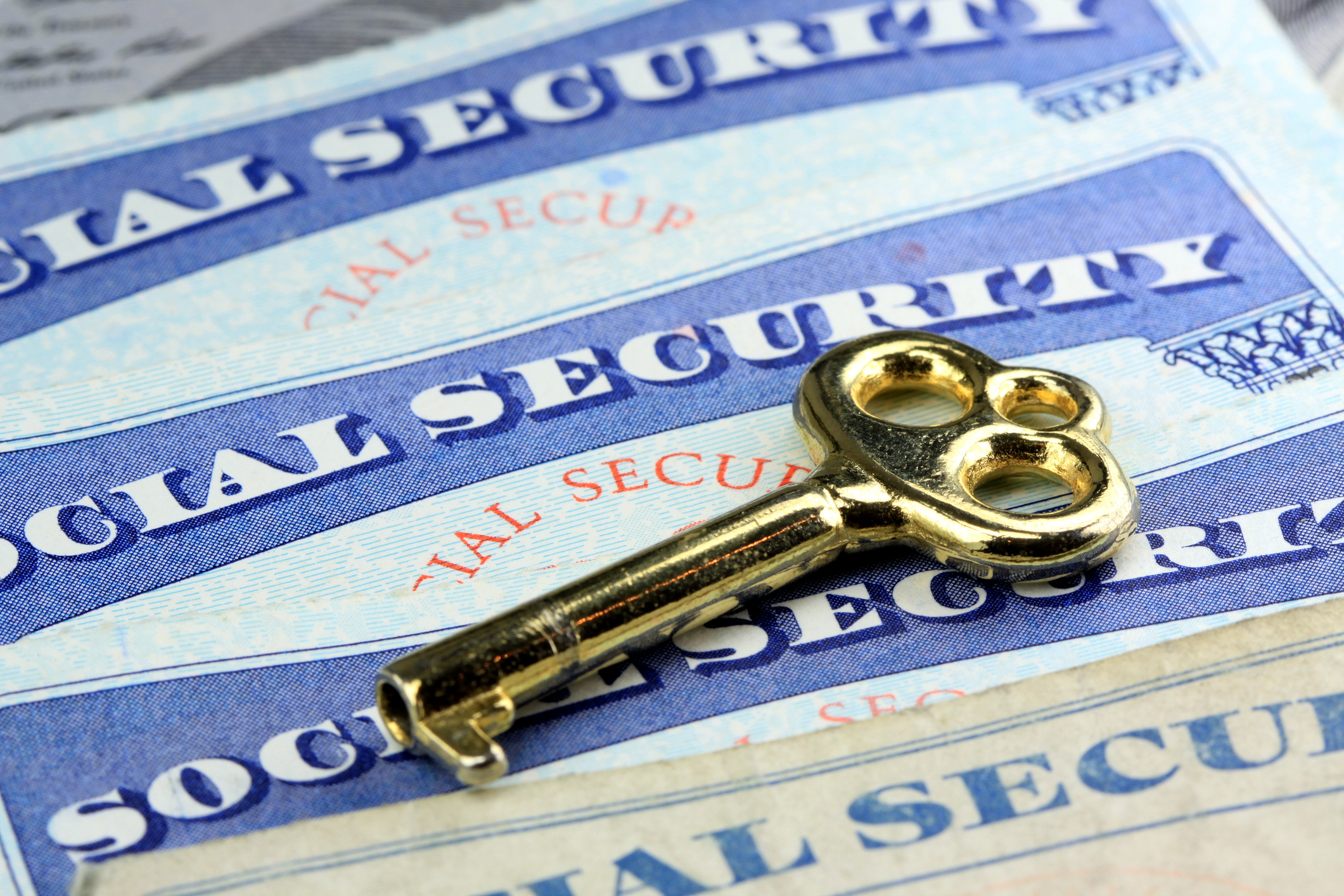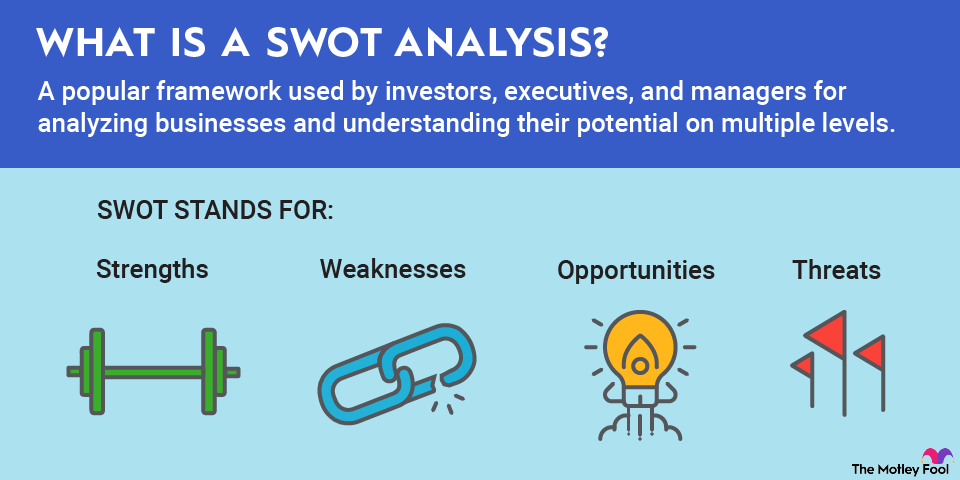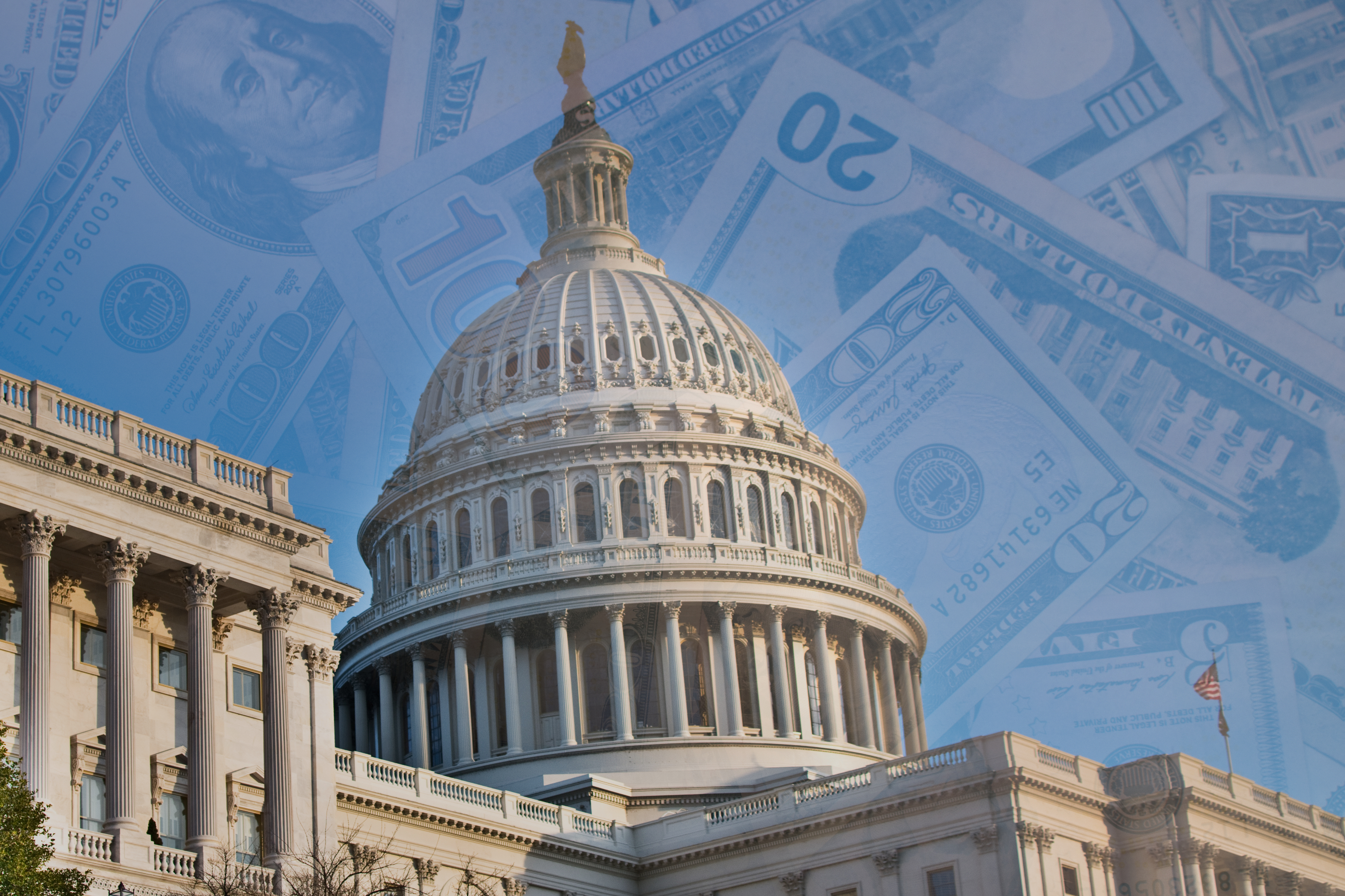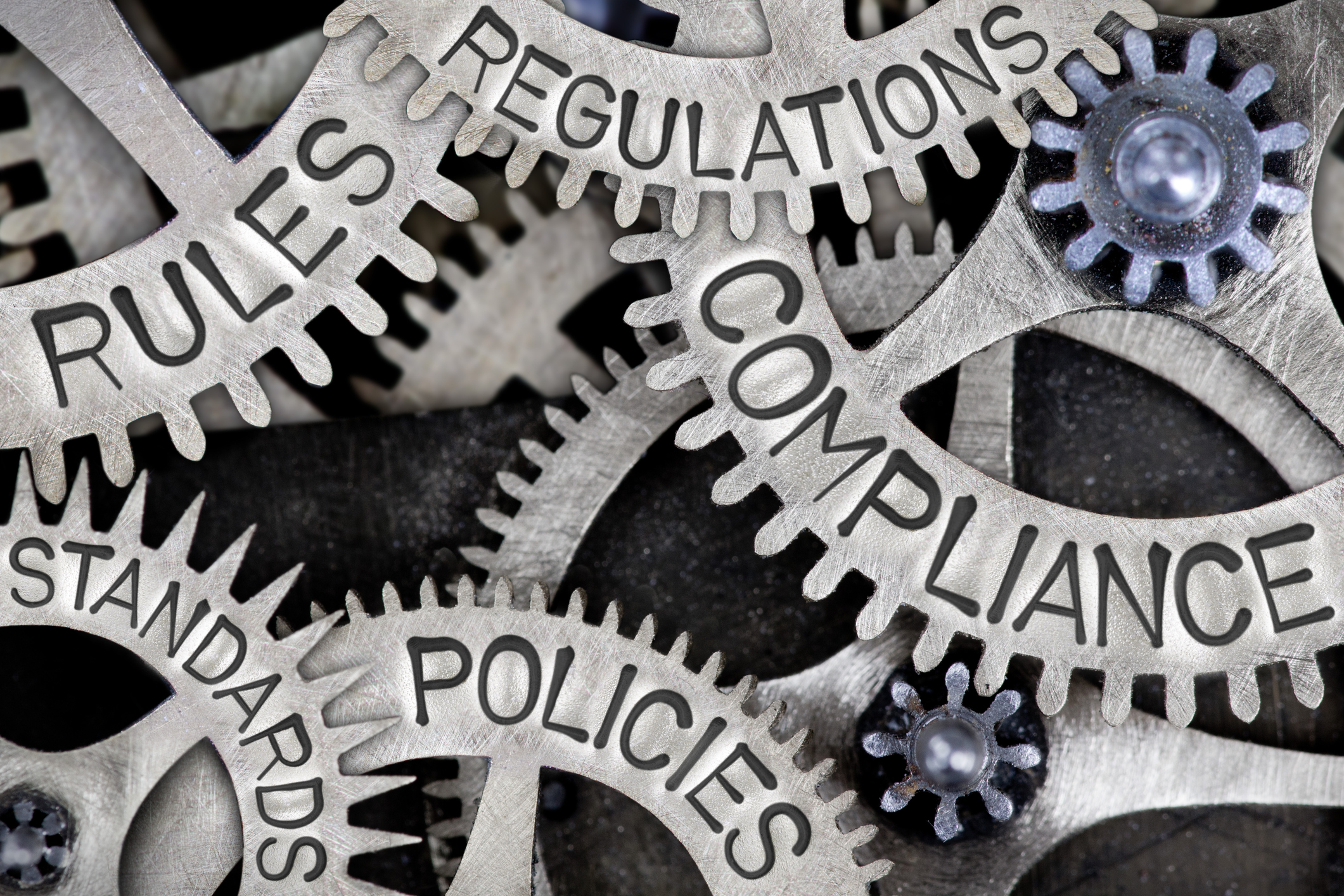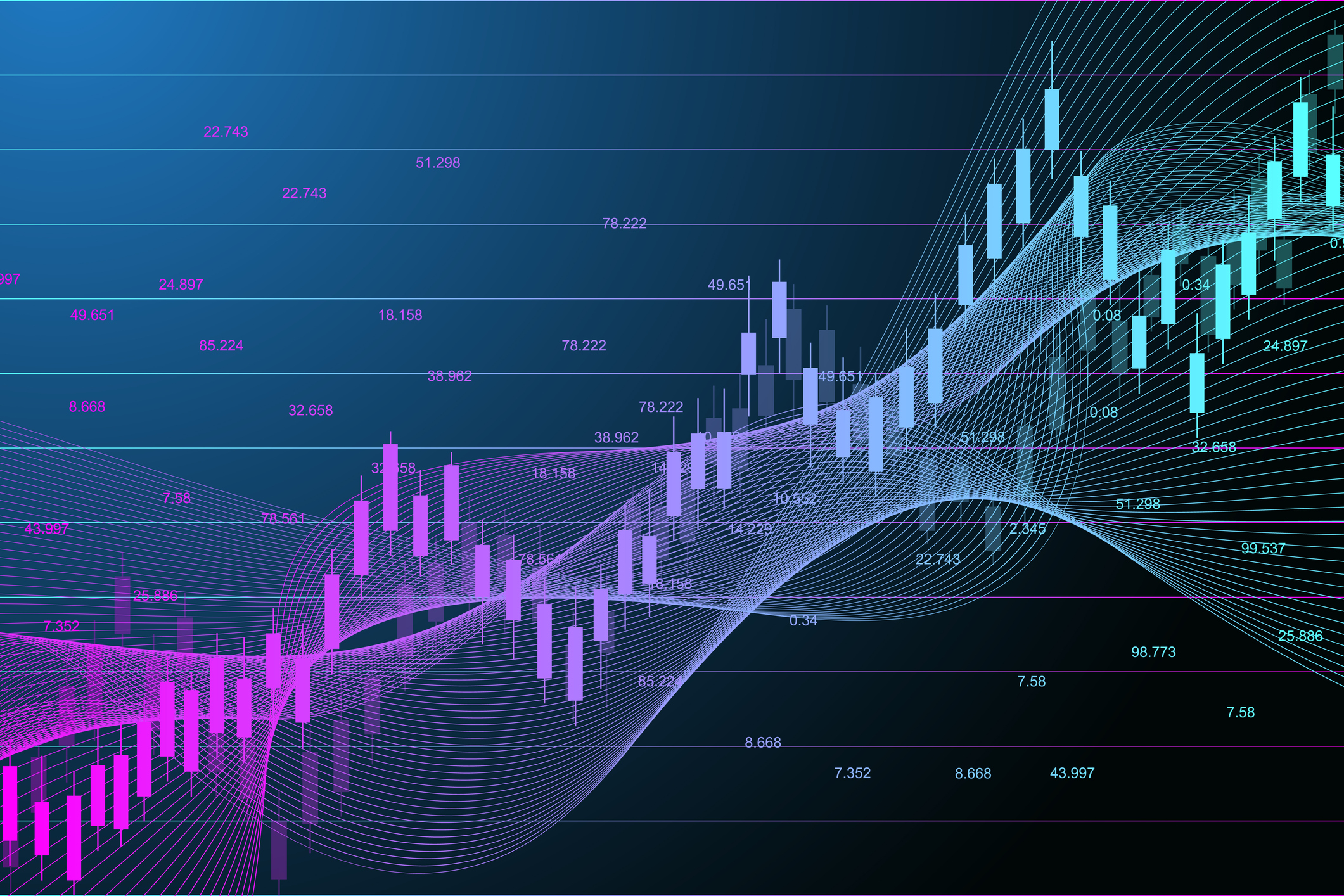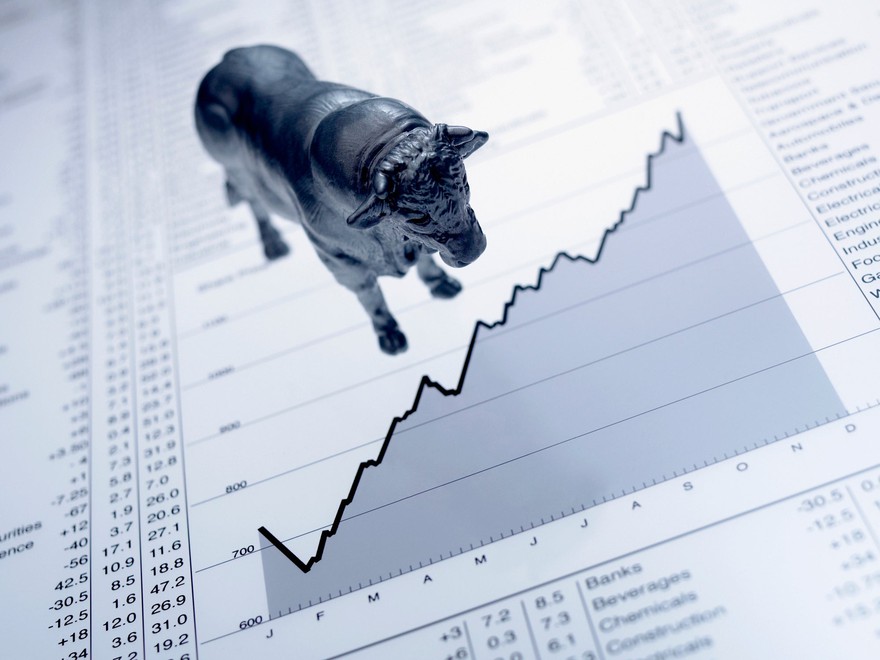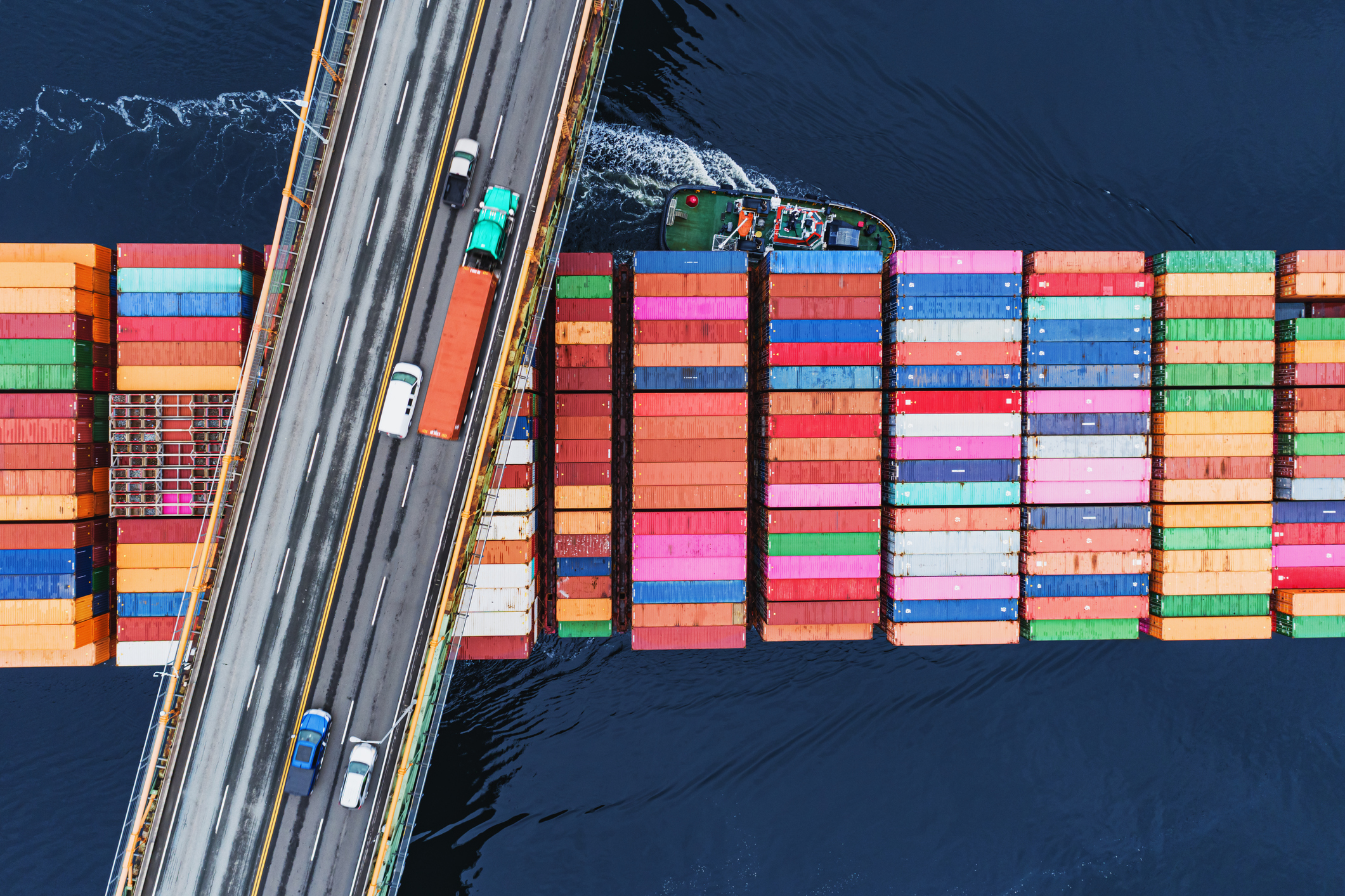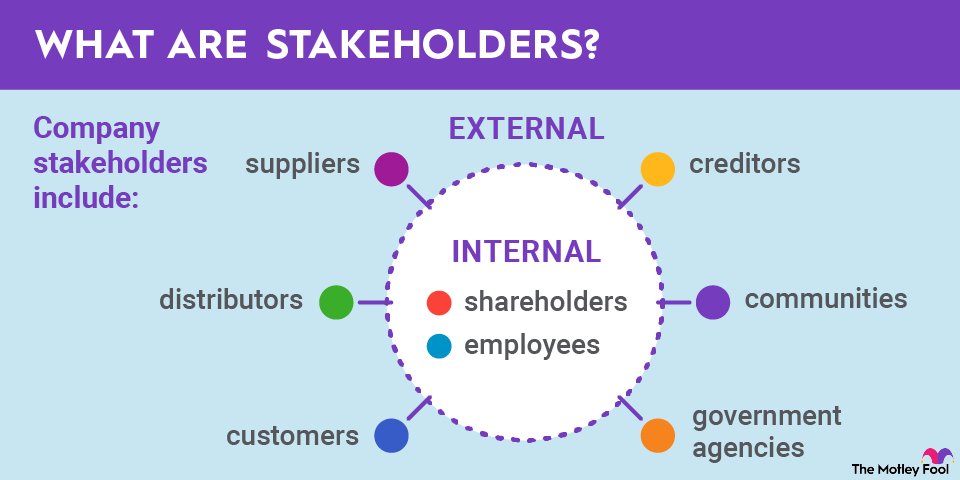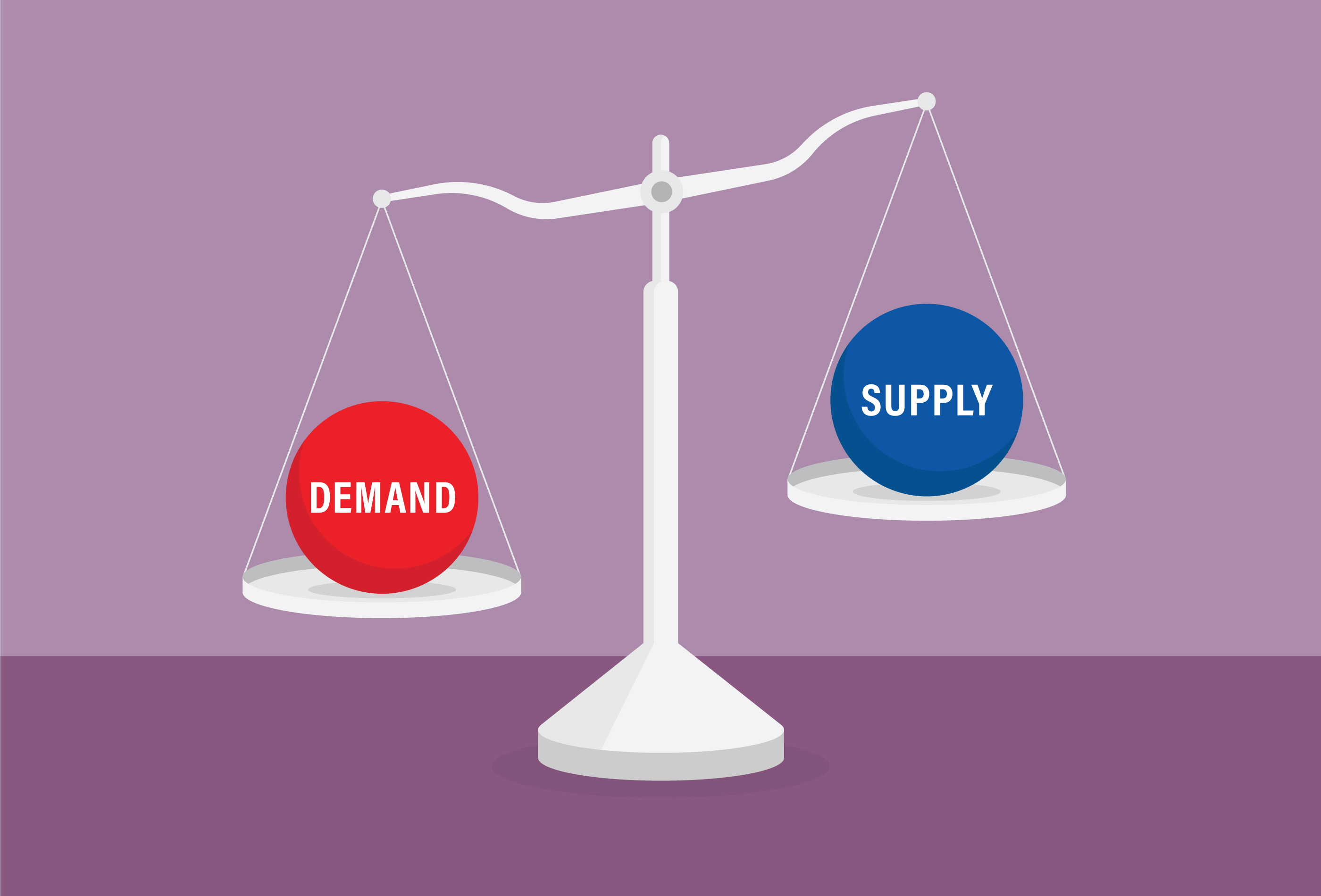You may have heard quite a bit in 2024 about whether the U.S. economy would be able to make a “soft landing” from the aftereffects of the COVID-19 pandemic. Although the economy is far from out of the woods on a possible recession in 2025, it appears that the Federal Reserve pulled off the rare feat of engineering a recovery that didn’t involve a recession or high inflation.
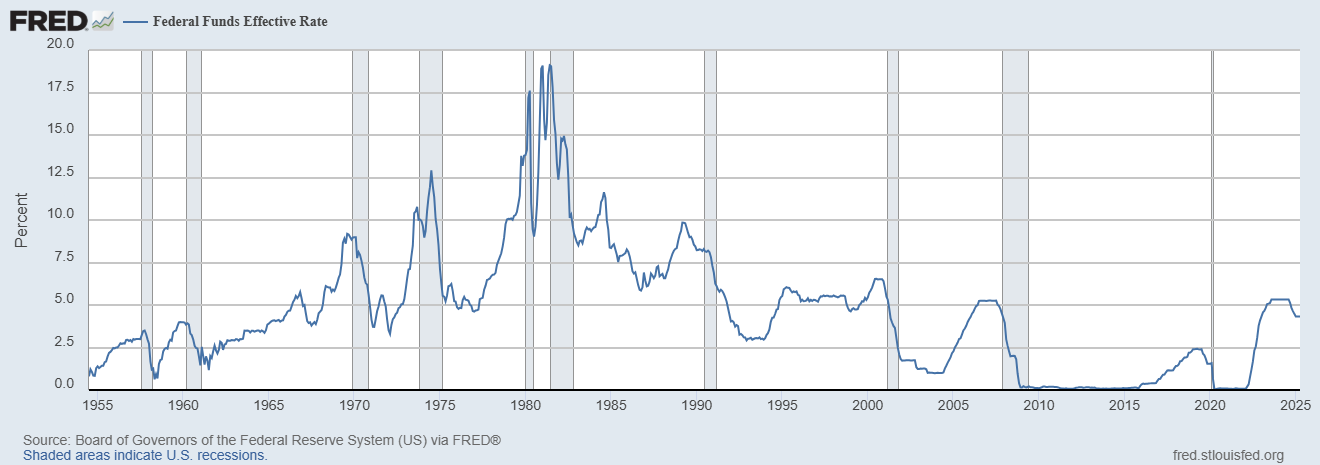
What is a soft landing?
A soft landing is a recovery from an economic downturn that doesn’t involve a deeper recession or high inflation. It’s generally determined by interest rates, which are set in the United States by the Federal Reserve when it adjusts the federal funds rate, the rate at which banks use when lending money to each other.
Engineering a soft landing requires impeccable timing, which is no small feat in an economy with a gross domestic product (GDP) of about $30 trillion. If interest rates are too high, business investment can dry up, leading to high rates of unemployment and a recession. If interest rates are too low, inflation can soar, causing higher prices and eroding purchasing power for consumers and businesses.
The soft landing also spurred optimism in the investment community amid a record-setting bull market. In a December 2024 note, State Street (STT -1.63%), one of three major index fund managers, observed that “the soft landing outcome has propelled stocks to all-time highs in 2024. Meanwhile, credit spreads are historically tight, and most measures of market volatility are tranquil. Solid corporate profits are forecast to accelerate throughout 2025, especially in the US.”
The jury, however, may still be out, as global tariffs imposed by the Trump administration have placed the Fed in a potentially difficult situation. As has been the case during previous potential downturns, the Fed would be able to cut interest rates to boost employment, risking inflation, or increase interest rates to dampen inflation, risking greater unemployment.

